Follicle Stimulating Hormone (FSH) ELISA Kit Instructions
(Germany DRG : EIA-1288 )
1 , the scope of application
DRG 's Follicle Stimulating Enzyme Free Kit can be used for the quantitative detection of FSH (Focus Stimulating Hormone) in serum. This test kit is for in vitro diagnostic use only.
2 , the preface
Both FSH and LH closely control the growth and reproduction of gonadal tissues. The gonadal tissues synthesize and secrete androgen and estrogen through a negative feedback structure-activity relationship. FSH is a glycoprotein secreted by basophils in the anterior pituitary. Gonadotropin-releasing hormone ( GnRH ) produced by the hypothalamus controls the release of FSH from the anterior pituitary. Like other glycoproteins, such as: LH , TSH, and HCG , FSH consists of two subunits, α and β, respectively. The alpha subunits of this type of hormone are structurally very similar, so the biological and immunological activity of each hormone depends primarily on the uniqueness of its beta subunit. In women, FSH acts directly on the receptors of granulocytes to stimulate the growth and maturation of follicles; thereby increasing the secretion of follicle steroid hormones and the production of LH . The resulting LH binds to the ovarian membrane cells and stimulates the secretion of steroids. As the follicle matures, the level of estradiol in the ovary begins to increase, so the stimulation of estradiol increases FSH receptor activity and FSH follicular binding. Therefore, in women, FSH , LH and estradiol are closely linked to promote ovarian development and maturation. In the case of postmenopausal, castration and premature ovarian failure, the level of FSH will increase. Through the regulation of estrogen (the estrogen is a negative feedback mechanism), the level of FSH may become normalized. Abnormalities in the relationship between FSH and LH , FSH, and estrogen are associated with neuropathic anorexia and polycystic ovary. There is a clear objection to this view that when the concentration of FSH randomly sampled exceeds 10 mIU/mL , indicating that there is an ovarian failure disease. In males, the development of seminiferous tubules and the maintenance of spermatogenesis are also regulated by FSH . However, unlike estrogen, androgen does not lower the level of FSH , so it only shows a negative feedback relationship with serum LH . Because FSH is not fully understood, it is found that men with rare sperm levels usually have elevated FSH levels. As a result of radioimmunoassay: testicular cancer generally reduces serum FSH concentration and increases LH concentration. Therefore, it is speculated that a significant increase in LH concentration may be caused by cross-reaction with hCG -like substances secreted by testicular cancer. In men with primary testicular dysfunction and Klinefelter syndrome, we can find high levels of FSH . Increases in FSH concentrations also occur in cases of starvation, renal failure, hyperthyroidism, and cirrhosis.
3 , the principle of experiment
  DRG 's FSH enzyme-free assay is a solid-phase enzyme-linked immunosorbent assay ( ELISA ) based on the sandwich method principle. The microassay well on the reaction plate is coated with a monoclonal antibody that binds to a unique antigenic site on the FSH molecule. A patient sample containing endogenous FSH is incubated with the enzyme conjugate in a coated well, which is an anti- FSH antiserum linked to horseradish peroxidase. After incubation, the unbound enzyme conjugate was washed away with washings. The total amount of horseradish peroxidase bound is positively correlated with the concentration of FSH in the sample. After the addition of the substrate solution, the apparent color intensity is proportional to the concentration of FSH in the patient sample.
4 , kit components
1) Â Â Â Â Â A microplate, 1 piece (96 wells ) , was coated with a monoclonal antibody against FSH .
2) Â Â Â Â Â The enzyme conjugate, 1 ml , contains anti- FSH antiserum labeled with anti-horseradish peroxidase.
3) Â Â Â Â Â Substrate solution, 11ml (TMB)
4) Â Â Â Â Â Standard series, 6 (freeze-dried powder), ie : 0 , 5, 10, 20, 50, 100 mIU/ml , conversion factor: 1 ng/ml = 0.34 mIU/ml .
5) Â Â Â Â Â Stop solution : Â Â
5 , the experiment requires equipment (but the kit does not provide)
1)      Microplate reader (450 ± 10nm) .
2) Â Â Â Â Â Pipette
3) Â Â Â Â Â Absorbent paper
4) Â Â Â Â Â Standard Water Tank
5) Â Â Â Â Â Distilled water
6 , reagent storage :
  Unopened reagents at 2 —
  Microporous reaction plates must be in 2 —
7 , sample collection
1) Â Â Â Â Â Whole blood was collected by venipuncture, and the blood was coagulated. The serum was separated by a centrifuge at room temperature to avoid hemolysis.
2) Â Â Â Â Â Must cover the sample and before the experiment at 2
Note: The sample used in this kit should not contain any additives.
8 , reagent preparation
Reference standard: 1.0 ml of double distilled water was added to the lyophilized standard.
Note: The prepared standard can be found in 2
9 , general considerations
1) Â Â Â Â Â Before the start of the experiment, all reagents and samples were equilibrated to room temperature, a mixed reagent avoid foaming.
2) Â Â Â Â Â Once the experiment begins , all steps should be carried out in its entirety.
3) Â Â Â Â Â A new sampling tip is used for sampling each sample.
4) Â Â Â Â Â Absorbance is related to incubation time and temperature. All reagents should be prepared after the start of the experiment to ensure consistent dosing time.
5) Â Â Â Â Â The maximum absorbance (OD) of this kit is between 1.200 and 2.000 ( room temperature)
10 , experimental steps
1) Â Â Â Â Â Place the required number of slats on the pallet.
2)      The luteinizing hormone family of standards (0; 5; 20; 50 ; 100; 200ng / ml), and quality control serum samples were added 25 μ l to the respective wells, each sample had the new sampling tip .
3)      Add 100 μ l of anti-FSH enzyme conjugate to each well.
4) Â Â Â Â Â Mixing for 10 seconds , it is important to mix thoroughly in this step.
5) Â Â Â Â Â Incubate at room temperature (
6) Â Â Â Â Â Discard the reaction solution in the well.
7) Â Â Â Â Â The plate was washed 5 times with distilled water.
8) Â Â Â Â Â Dry the plate on absorbent paper.
9)      By the original loading sequence, each well was added 100 μ l substrate solution.
10) Â At room temperature (
11)  By sequential addition of substrate solution, 50 μ l per well of stop solution to each well.
12) Â The absorbance was read at a wavelength of 450 nm in 10 minutes.
11 , the result of calculation
1) Â Â Â Â Â Calculate the average absorbance value for each standard, control, and patient sample.
2) Â Â Â Â Â Using the absorbance value as the ordinate ( y ) and the concentration value as the abscissa ( x ), the corresponding concentration value ( mIU/ml ) of each standard is plotted as a standard curve.
3) Â Â Â Â Â The corresponding concentration was determined on the standard curve using the average absorbance value of each sample. Other inductive methods can also be used for calculation based on their actual experience or the function of the computer.
4) Â Â Â Â Â Any diluted sample must be factored in the calculation of the corresponding dilution factor.
12 , reference value
We strongly recommend that each experimental city establish its own normal and outliers. The following results are based on a certain number of blood samples from the normal population:
   sample                  FSH range (mIU/ml)
   male                    2.0-10
   female  Follicular phase            2.0-10
         Mid-cycle          7.0-20
         Luteal phase            2.0--10
         Postmenopausal women        20-100
-------------------------------------------------- -----------------------------
Sensitivity : Minimum detection of follicle stimulating hormone concentration , 1 mIU/ml
This translation is for reference only, please refer to the original for details.
Exclusive distributor in China: Shenzhen Kerunda Bioengineering Co., Ltd.
Address: 6th Floor, No. 10 , Yanshan Road, Shekou, Shenzhen          Â
Phone: 0755-26814430, 26680196 Â Â Â Â Â Â Â Â Â Â Â Â Postal code: 518067
Toll-free number: 800-8306296 Â Â Â Â Â Â Â Â Â Â Â Â Â Â Â Â Â Â Â Â Fax: 0755-26814431 Â
Constant Temperature And Humidity Chamber
Constant temperature and humidity box with precise temperature and humidity control system for industrial research, biotechnology testing to provide the necessary conditions for a variety of environmental simulation. So this product is suitable for drugs, textiles, food processing and other experiments, stability and industrial products, raw material properties, product packaging, product life testing. Waiting for your inquiry
Standard Features:
1, mirror stainless steel studio, the four corners were semi-circular arc transition, easy to clean, adjustable studio partition spacing.
2, microcomputer temperature and humidity controller, 30-segment programmable, temperature and humidity control to achieve the appointment of regular operation or repeated walking, step programming operation. Over-temperature alarm, timing and timing functions, large-screen LCD display, multi-group data a screen display, touch-type navigation keys, easy to use more user-friendly.
3, the left side of the box with φ52mm test hole, easy to measure the temperature and working room equipment and the cabinet external power supply connection.
4, the use of brand compressor, fluorine-free refrigeration.
Main parameters:
| Model | HS-150 | HS-250 | |
| Voltage | (V) | 220V/50HZ | |
| Power | (KW) | 1.5 | |
| Temp' wave | (℃) | ±1 | |
| Temp' range | (℃) | 5~60 | |
| Humidity control range | (%) | 50~90 | |
| Humidity wave | (%) | ±5%~±8% | |
| workroom size | (mm) | 385*475*805 | 525*475*995 |
| appearance size | (mm) | 640*620*1420 | 780*620*1610 |
| packaging size | (mm) | 780*760*1560 | 920*790*1750 |
| shelves number | 2 | ||
| N.W. | (kg) | 90 | 112 |
| G.W. | (kg) | 110 | 133 |
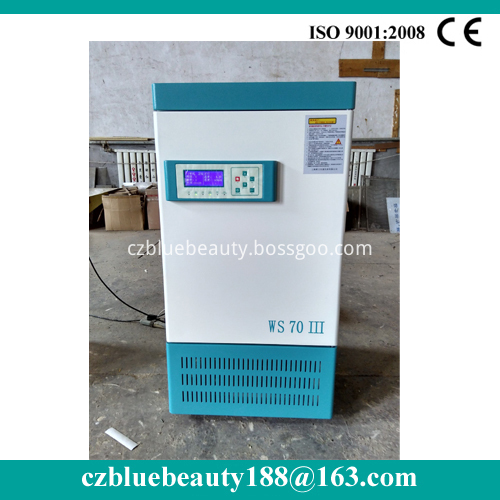
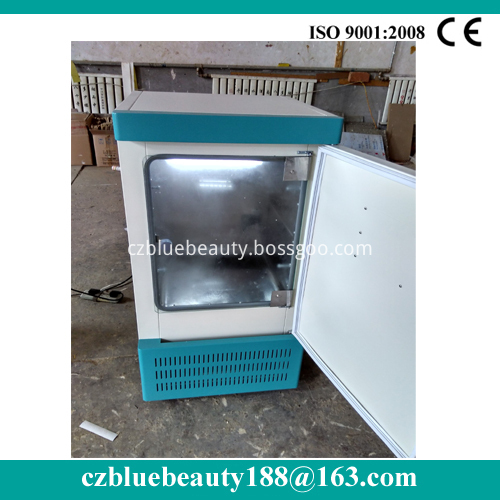
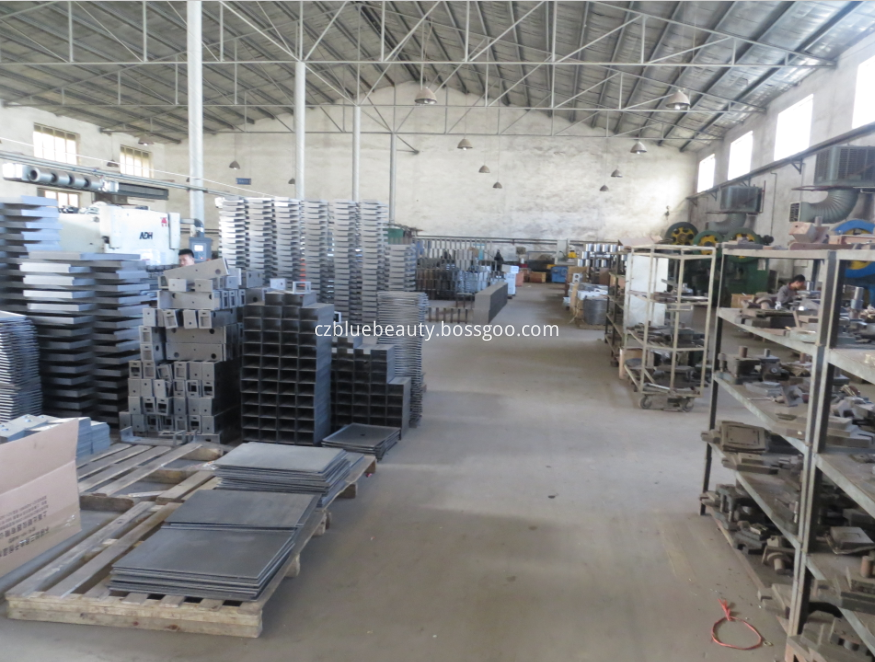
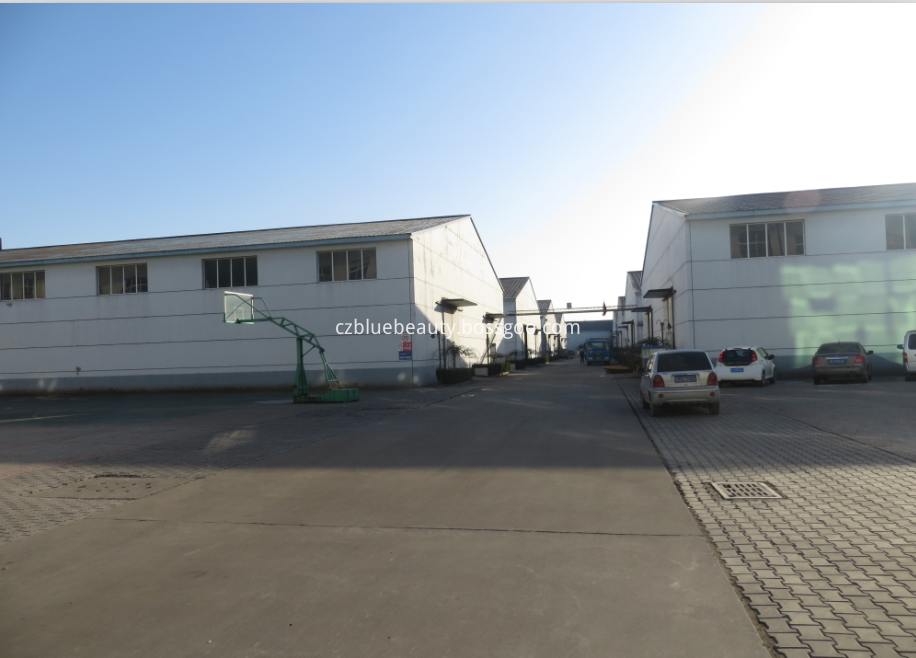
Factory photos:
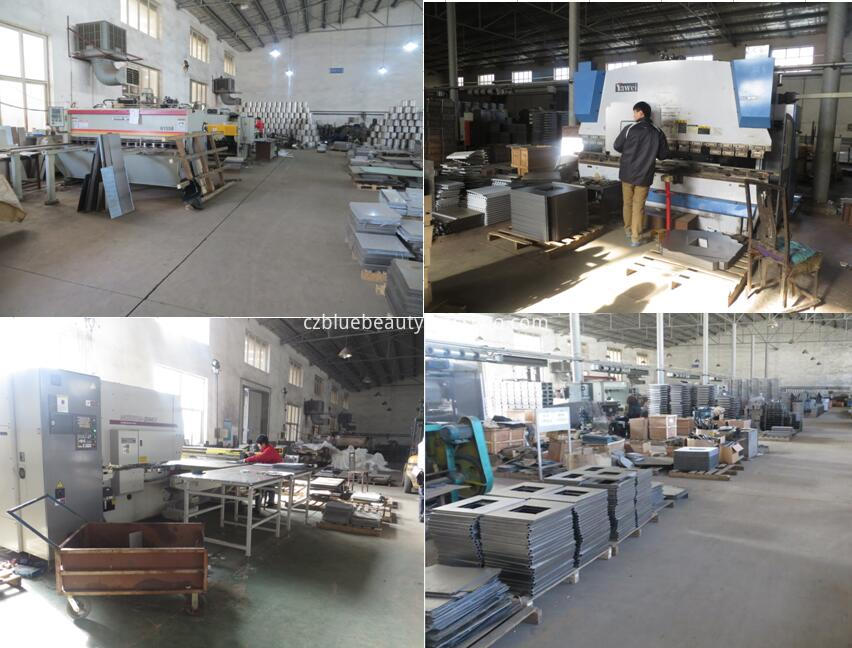
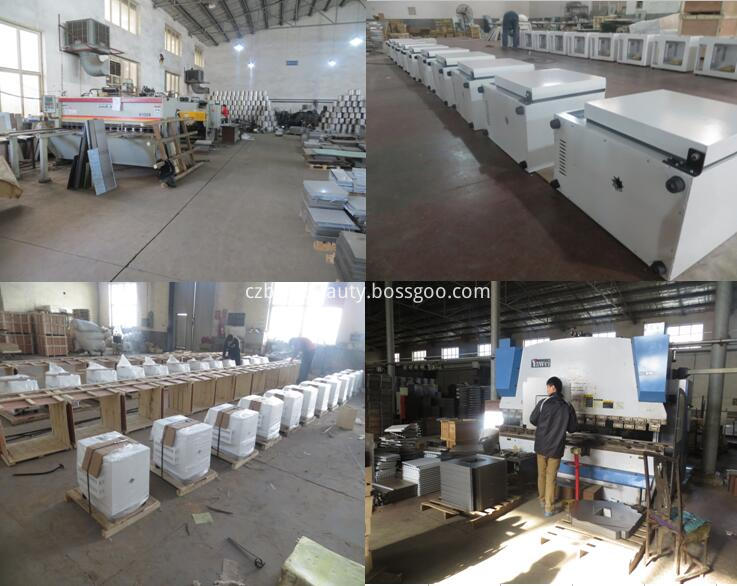
Packing:
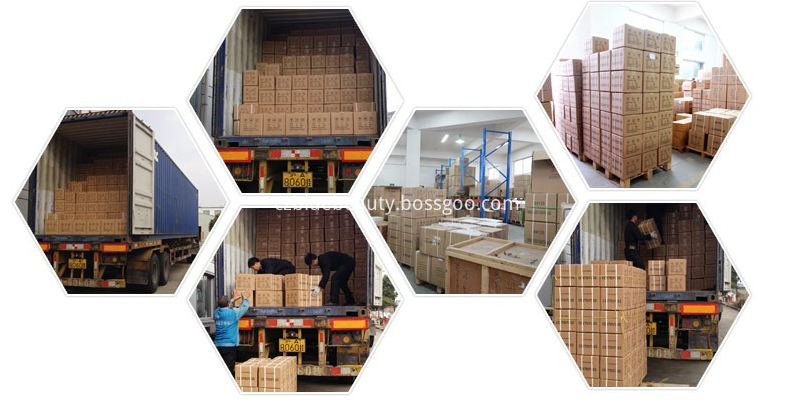
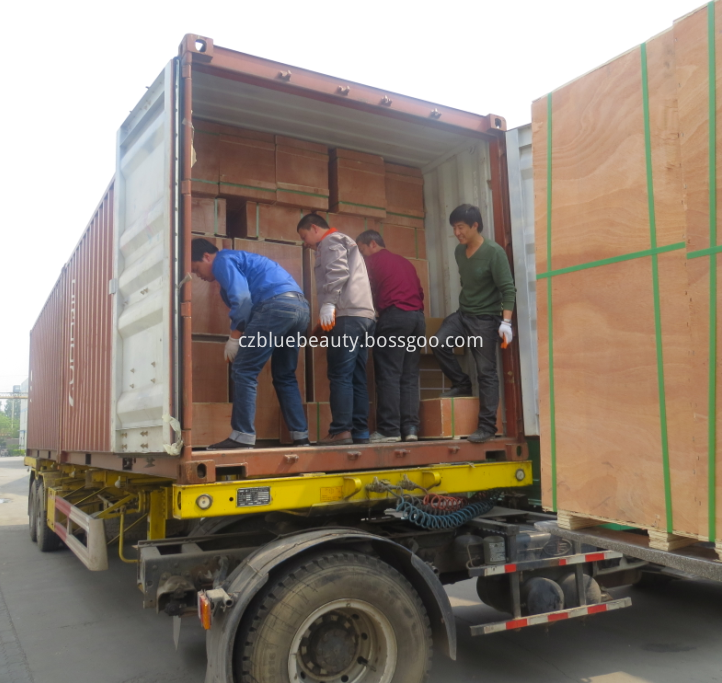
Constant Temperature And Humidity Chamber,Constant Temperature Chamber,Constant Humidity Chamber,Humidity Test Chamber
Cangzhou Blue Beauty Lab Instrument Co., Ltd. , https://www.czlabinstrument.com